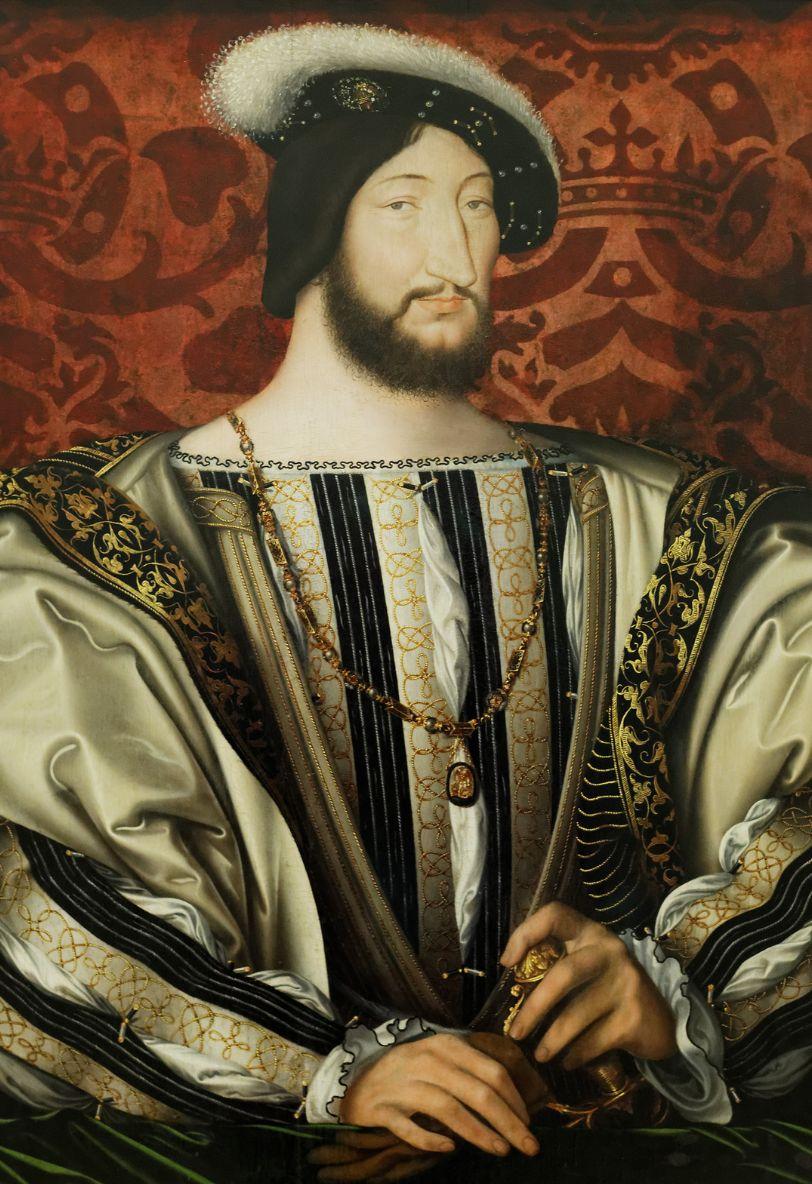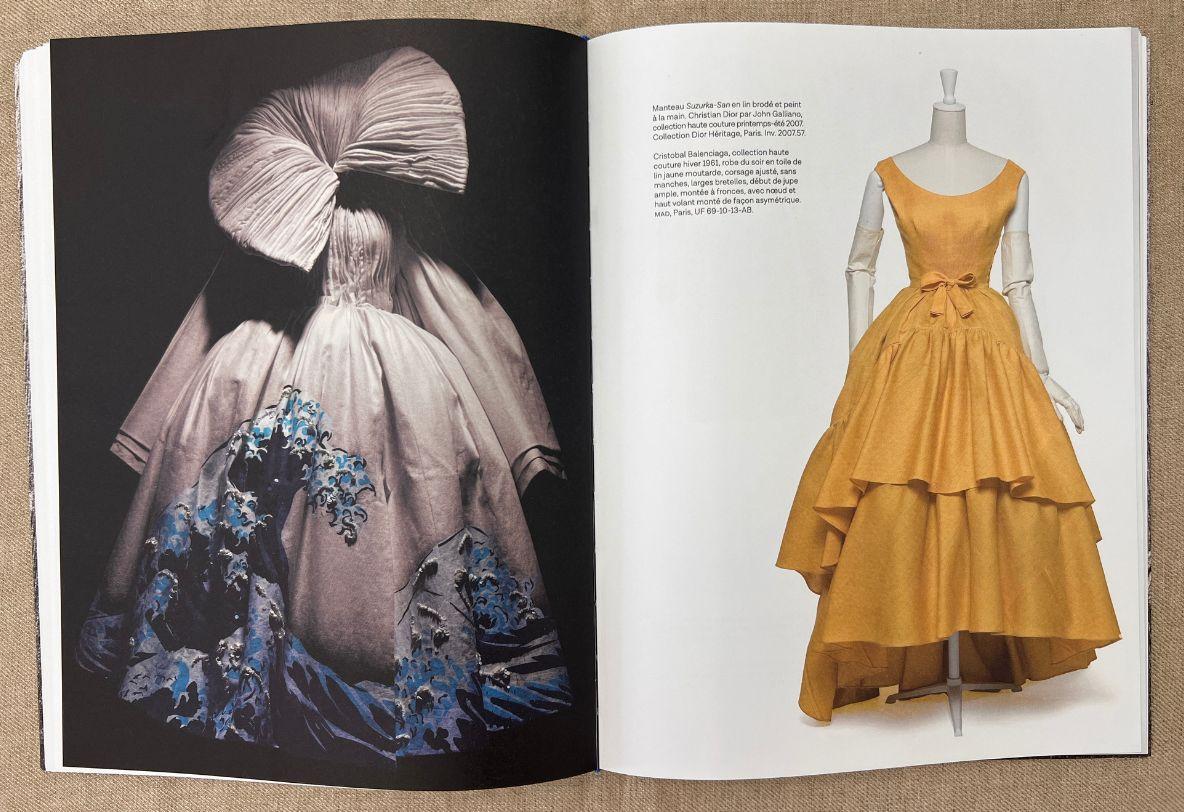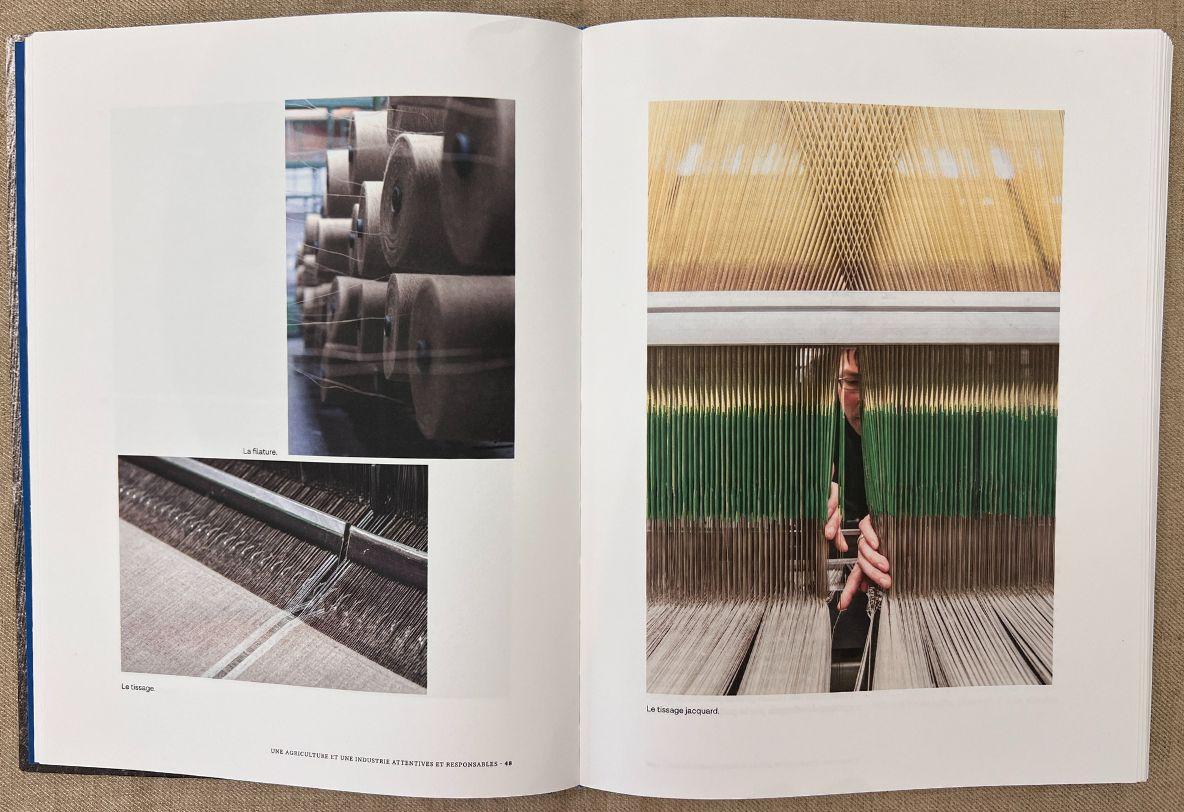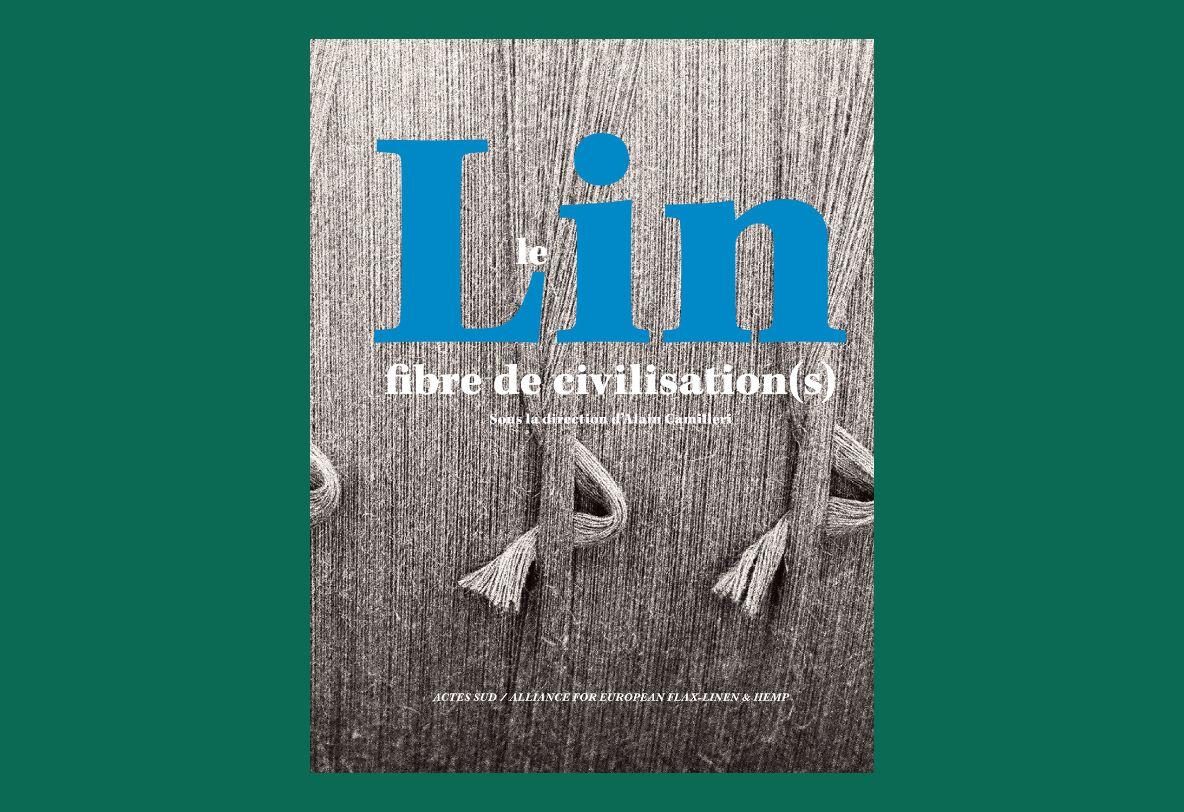Linen, a fibre weaving history and innovation in fashion
Linen, a fibre with a rich history spanning millennia, has captivated fashion and cultures worldwide. Its timeless charm blends tradition and innovation, showcasing remarkable adaptability from the Renaissance to modern style










